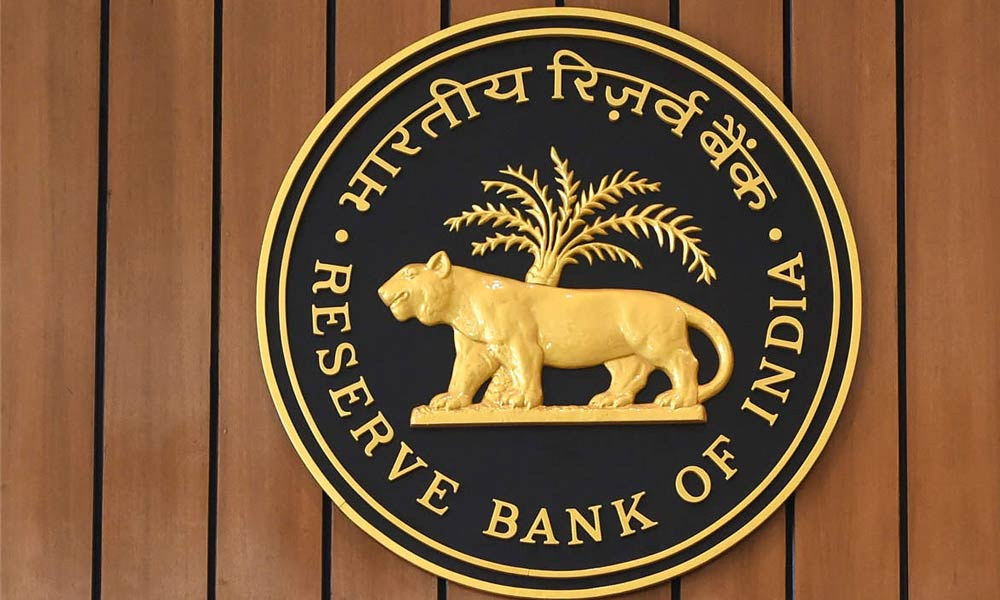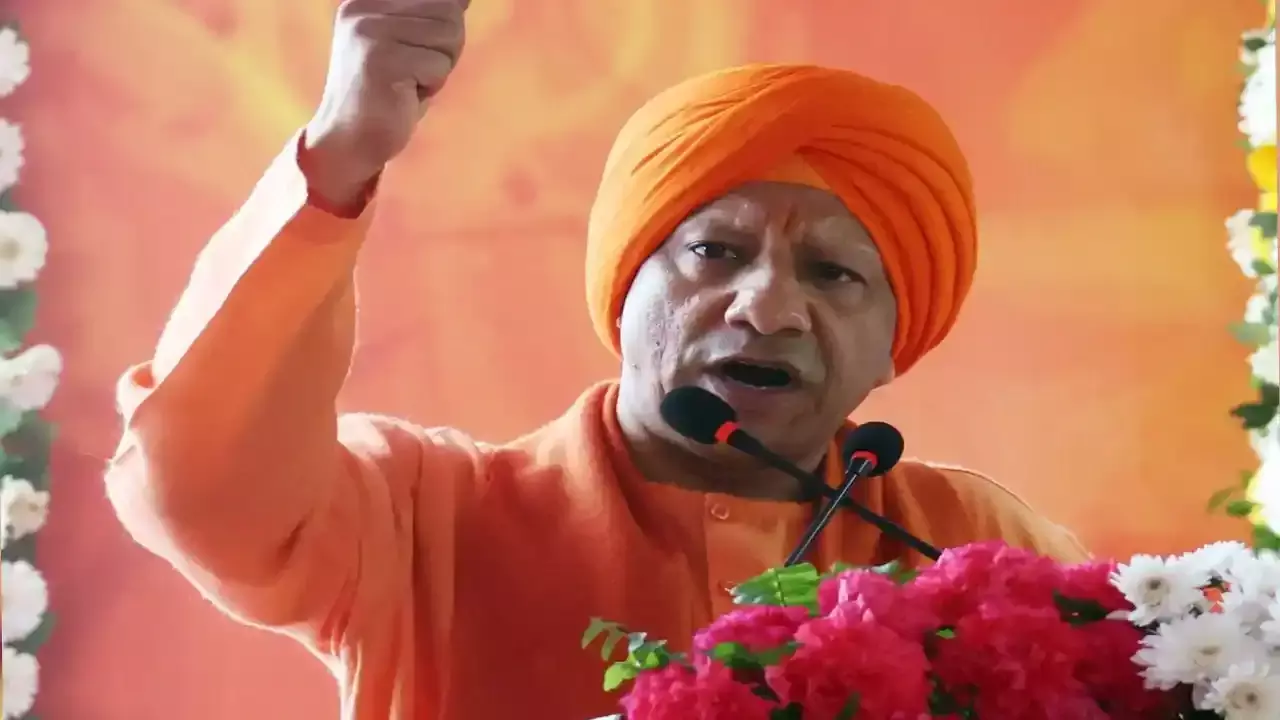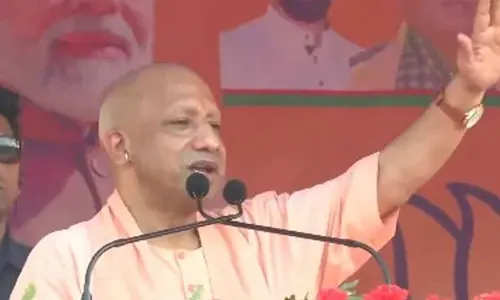Will retail investors lap up G-Secs?

Reserve Bank of India
Encouraging retail participation in the Government securities (G-Secs) market has been a focus area of the central government and RBI, of late
Encouraging retail participation in the Government securities (G-Secs) market has been a focus area of the central government and RBI, of late. Keeping it in view, a host of initiatives like the introduction of non-competitive bidding in primary auctions, permitting stock exchanges to act as aggregators/facilitators for retail investors and allowing odd-lot segment in the NDS-OM secondary market have already been taken in the past.
It was in this context that the Reserve Bank of India(RBI), in its bi-monthly review of annual monetary policy last week, decided to provide retail investors access to the online trading of the government primary securities market along with the facility to open their gilt securities account on its portal. The idea is to increase retail participation in the gilt market, which is normally flooded by institutional investors. Still, lots of confusions persist about its modalities. Normally, government securities have lot sizes over Rs 1 crore something that warrants further simplification to ensure retail participation. RBI is currently working out on the details of the facility to be issued separately. Further, this move is expected to help apex bank to raise requisite funds to meet the central government's borrowing target for the next fiscal.
But debt mutual funds, ETFs, and fixed deposits continued to be a better option for retail investors. So, it is to be seen whether retail investors will lap up G-Secs. If it works out well, then it will potentially help increase the country's financial savings to 21.4 per cent of GDP for FY21 from merely 7.9 per cent in Q1FY20.
Apart from revealing its plans to allow retail investors into G-Secs, RBI also came out with a new step to incentivise new credit flow to MSME borrowers. Under this, commercial banks will be allowed to deduct credit disbursed to 'new MSME borrowers' from their NDTLs (net demand and time liabilities) for the calculation of CRR (cash reserve ratio). For the purpose of this exemption, 'New MSME borrowers' shall be defined as those MSME borrowers who have not availed of any credit facilities from the banking system as of January 1.
The exemption will be available only for exposures up to Rs 25 lakh per borrower (for credit extended up to the fortnight ending October 1, 2021. Besides, the exemption will be applied for a period of one year from the date of origination of the loan or the tenure of the loan, whichever is earlier. Still, it will provide a cushion to the lenders to increase their advance books, rather than parking their idle money with RBI. More credit disbursement will mean more economic activity which will ultimately help grow the country's economy.
Furthermore, RBI Governor Shaktikanta Das maintained that India's economy would move only in one direction now and 'that is upwards'.The apex bank projected a GDP growth rate of 10.5 per cent for the next financial year while revising retail inflation outlook to 5.2 per cent for the current quarter and to five per cent in the first half of next financial year i.e. FY22. Overall, the steps taken by RBI in the last week's policy are likely to spur economic growth.
















